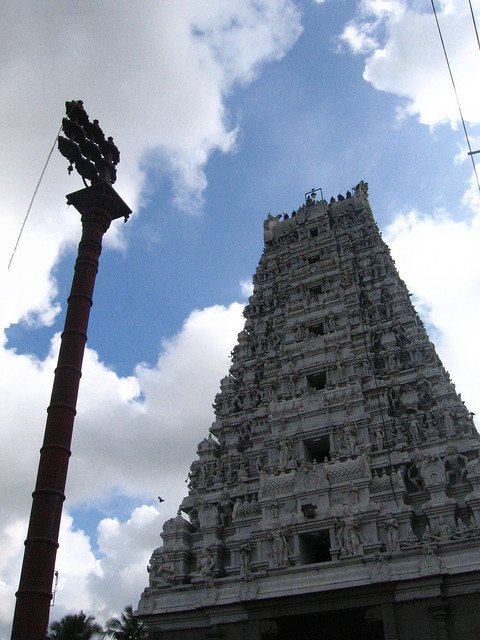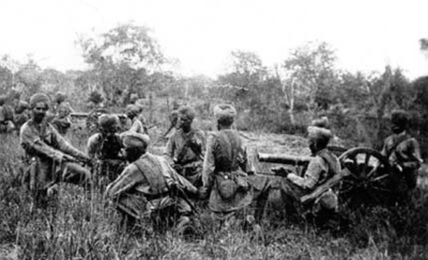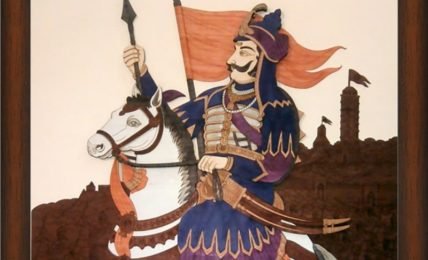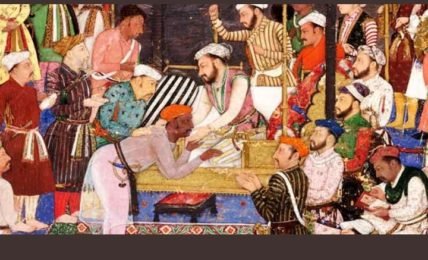Uthiramerur: Ancient Cradle Of Democracy & Inspiration For Seshan’s Electoral Reforms
1,200 years ago before 450 years of the Magna Carta and before 1000 years of the establishment of Constitutional Democracy in the USA, Uthiramerur in Tamil Nadu had a veritable written Constitution and refined electoral system of democracy for self-government. Time to record these facts of history in school and college curriculum, to instill a sense of pride with responsibility and morality to mould future generations for clean governance with probity in public life.




